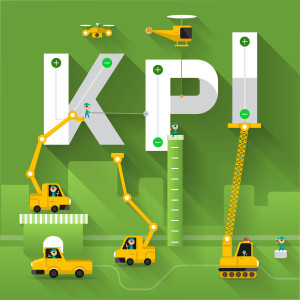Gamification refers to the use of game-like mechanics in non-gaming scenarios to motivate and boost the morale of the target users. This is a big part of corporate training and HR practices where employee engagement can be a challenge. According to a Gallup survey, just about a third of workers in the US were actually engaged at work. A major chunk of the rest (around 68%) either felt “not engaged” or “actively disengaged”.
Employee engagement is a measure of how much a worker contributes at work. While there are several reasons to poor motivation levels among workers, studies have shown that minor process tweaks that introduce game-based elements can bring about a dramatic improvement in engagement and worker contribution.
Recruitment and Retention
Finding good, qualified workers for job openings can be quite a challenge. This is especially true for startups that cannot afford to pay corporate salaries to its workers. Such organizations offer stock options to their early workers in lieu of financial remuneration. However, in order to sustain high motivation levels, this equity is vested based on performance. This way, employees are rewarded with stock options for meeting pre-defined performance metrics. Also, if employee retention is a challenge, these options are vested over time. As standard practice, early stage employees with stock options vest 25% of their promised stock options at the completion of every year.
There are also minor game-based tweaks that HR managers can make use of in other areas of recruitment. Large corporates often require several pages of information from candidates for their job applications. Simple web elements like “Percentage completion” stats can go a long way in keeping candidates engaged through the application process.
Corporate Training
Present day corporate training programs are seldom carried over face-to-face instruction methods and are instead deployed through online learning management systems. Employee onboarding and corporate training are one of the most popular avenues for gamification with over 70% of organizations run LMS with gamification in them. The objective of the online trainer is to quickly and effectively impart the necessary skills to the learner. Such eLearning tools essentially come equipped with extrinsic motivation tools like badges, trophies and reward points. The underlying assumption here is that by the time the value of these extrinsic motivation tools reduce, the learner may have garnered enough learning to be able to persist with just intrinsic motivation.
Performance Metrics
Employee performance is traditionally measured with KPIs (Key Performance Indicators) or OKRs (Objectives and Key Results). The end-term appraisal of KPIs/OKRs are often associated with financial incentives like bonuses and salary increments that act as motivation tools. However, not all work processes can be tied to financial rewards. For instance, closing support tickets that have been resolved are among the various tasks of a customer support team. Yet, this is a trivial task that cannot be financially incentivized. Gamification tools like reward points and badges that offer virtual points for executing such tasks have shown to achieve similar results. A lot of popular helpdesk tools today come equipped with such gamification tools to reward support representatives for executing such tasks.
The human resources department at any organization owns the unenviable job of bringing the best talent to the workforce and keeping them engaged through the job process. Gamification can be an extremely handy tool to not only improve employee engagement through everyday job processes but can also improve the morale of the workforce that is critical for long-term retention of vital resources.
Business & Finance Articles on Business 2 Community(43)
Report Post




